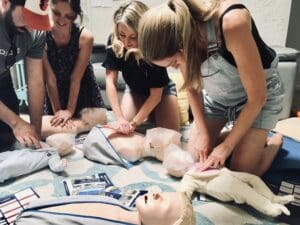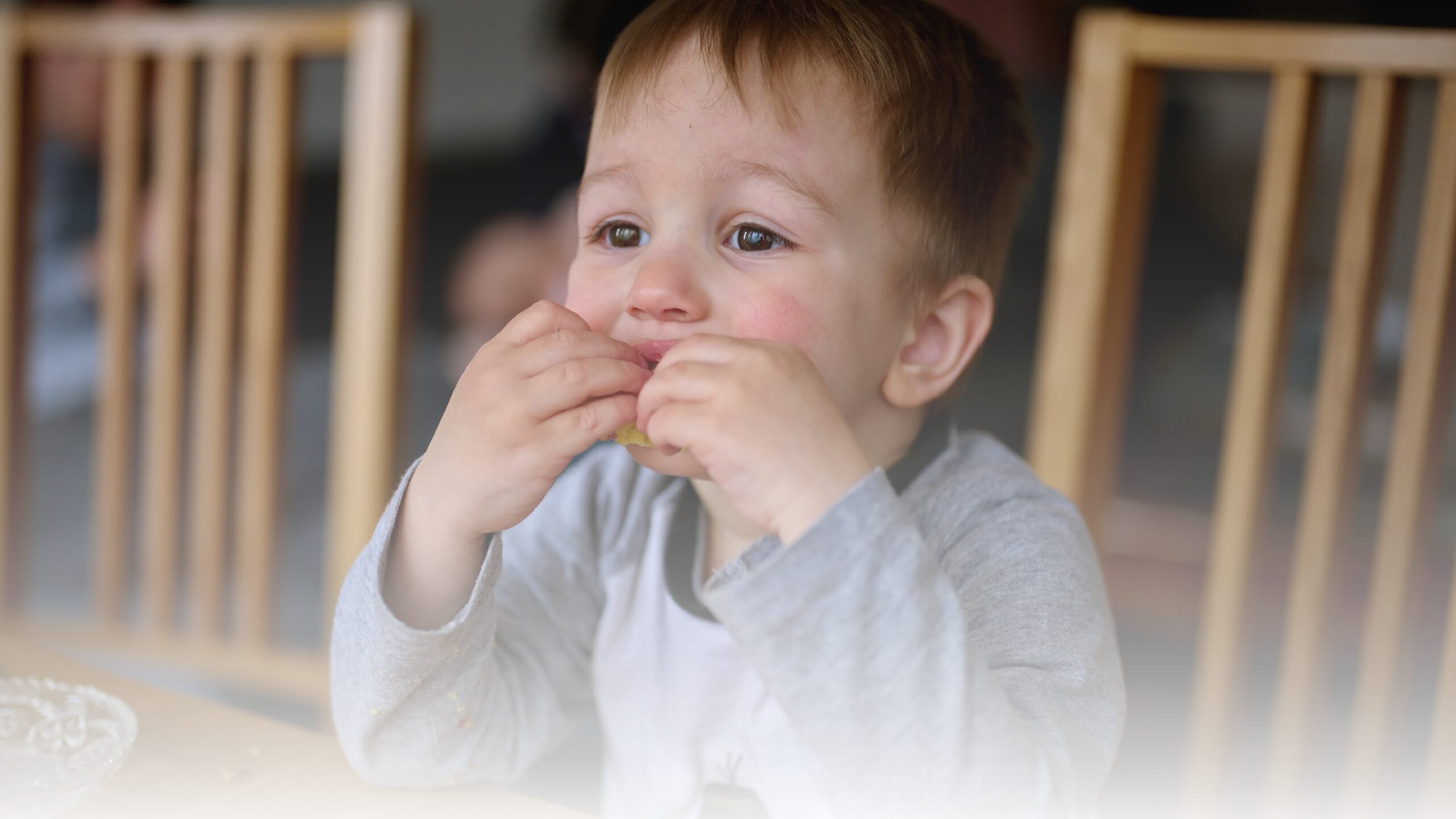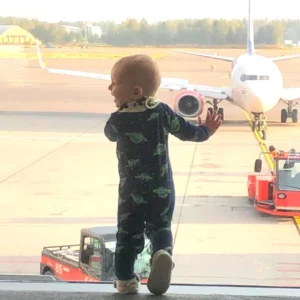
Stayin’ Alive or Baby Shark?
Stayin’ Alive 🕺 or Baby Shark 🦈 ? How fast should you be doing CPR on babies and children?

Allergic reactions in children can be frightening, especially if you haven’t seen it happen before. Australia has one of the highest rates of food allergies in the world, and while most reactions are mild, some can become life-threatening within minutes.
Understanding how to recognise the signs – and knowing what to do – could save a life.
An allergy occurs when the body’s immune system overreacts to a usually harmless substance – like a food, insect sting, or medication.
The most common food allergens are:
🍳 Egg 🥜 Peanut 🌾 Wheat 🥛 Cow’s milk 🌰 Tree nuts 🐟 Fish 🦐 Shellfish 🌿 Sesame 🍣 Soy
Allergic responses can vary widely. Some children may have mild, short-lived symptoms; others may experience anaphylaxis, a rapidly progressing severe allergic reaction that affects breathing and circulation.
🎥 Watch: Here is a fantastic video on how allergies work.
Allergic reactions usually occur quickly, within minutes (although they can take up to 2 hours). Other responses to foods may be delayed.
🚨 Call Triple Zero (000) immediately if your child has ANY ONE or more of the following:
➡️ Anaphylaxis is always a medical emergency.
✅ Stay with your child and reassure them
✅ Discuss the use of non-drowsy antihistamines for children under one year of age with your doctor. Sedating antihistamines should not be given.
✅ Watch closely, allergic reactions can progress quickly
✅ Call an ambulance if symptoms worsen or you’re unsure
‘Nip Allergies in the Bub’ has a great video and images showing how to position someone having a severe allergic reaction, and more information on the correct response.

IMAGE SOURCE: ASCIA First Aid for Anaphylaxis poster
Having an ASCIA Action Plan can guide you through what to do in an allergic emergency – and helps others care for your child safely.
Make sure everyone in your child’s circle (school, daycare, grandparents, babysitters) knows:
💡 Tip: Check injector expiry dates regularly and keep a spare where your child spends the most time.
Introducing common allergy-causing foods early and regularly can actually reduce the risk of food allergies.
If you’re not sure how to do this safely, read our blog with our 4 top tips here.
Allergies can feel overwhelming, but the goal isn’t to be anxious, it’s to be prepared.
By understanding what to look for and how to respond, you’ll be ready to act quickly and calmly if your child (or another child in your care) ever experiences a reaction.
👩⚕️ Want to feel confident handling emergencies?
Our baby and child first aid classes, taught by expert paediatric nurses, are designed to help you know exactly what to do when it counts.
👉 Book here.
References + further reading
ASCIA – ASCIA Action Plans and First Aid Plans for Anaphylaxis
Prevent Allergies – ‘Nip it in the Bub’ – How to recognise an allergic reaction
Prevent Allergies – ‘Nip it in the Bub’ – What to do if you think your baby is having an allergic reaction
Allergy & Anaphylaxis Australia – What is an allergy?

Stayin’ Alive 🕺 or Baby Shark 🦈 ? How fast should you be doing CPR on babies and children?

Here are some of the most commonly forgotten considerations and helpful hints, you need to think about before hopping on that plane with baby!

If you have a child that is suffering from one daycare sickness after the other – or just want to know about preventing the spread of germs – this video is for you!